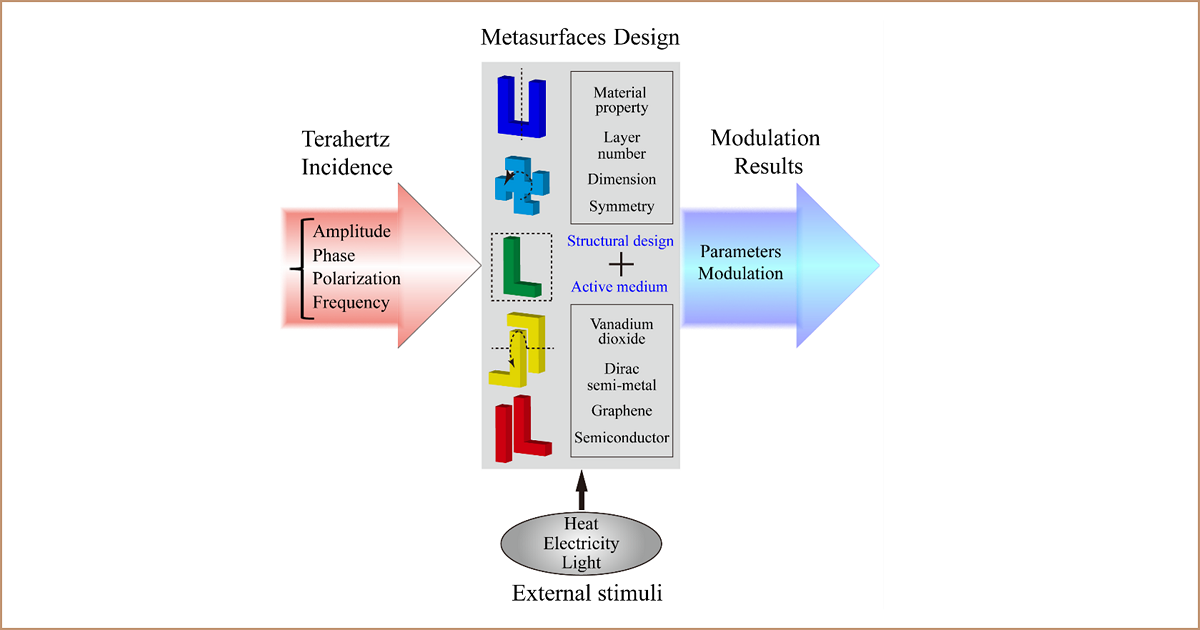Terahertz Materials and Technologies in Materials Science
A special issue of Materials (ISSN 1996-1944). This special issue belongs to the section "Optical and Photonic Materials".
Deadline for manuscript submissions: 20 November 2024 | Viewed by 1977

Special Issue Editors
Interests: terahertz; metasurface; absorber; dirac semi-metal; bound states in the continuum
Interests: terahertz; metasurface; chirality; vanadium dioxide; terahertz time domain spectral system
Special Issue Information
Dear Colleagues,
Terahertz (THz) metasurfaces, composed of subwavelength metallic or dielectric microstructural arrays with a deep-subwavelength thickness, behave as a novel platform for developing highly efficient and integrated THz functional devices. The development of THz metasurface devices has recently drawn a lot of attention in the fields of THz communication, sensing, display, holographic imaging, non-destructive testing, and electromagnetic cloaking. Various strategies have been proposed and realized to construct novel, efficient, intelligent, and integrable metasurfaces.
This Special Issue, titled “Terahertz Materials and Technologies in Materials Science”, aims to provide a unique international forum for researchers working in THz photonics research and metasurface device development to report their latest endeavors in advancing this field, including the amplitude, phase, and polarization manipulation of THz through the novel microstructural design, the use of various external excitations, and the use of two-dimensional active materials.
Prof. Dr. Yuping Zhang
Dr. Meng Liu
Guest Editors
Manuscript Submission Information
Manuscripts should be submitted online at www.mdpi.com by registering and logging in to this website. Once you are registered, click here to go to the submission form. Manuscripts can be submitted until the deadline. All submissions that pass pre-check are peer-reviewed. Accepted papers will be published continuously in the journal (as soon as accepted) and will be listed together on the special issue website. Research articles, review articles as well as short communications are invited. For planned papers, a title and short abstract (about 100 words) can be sent to the Editorial Office for announcement on this website.
Submitted manuscripts should not have been published previously, nor be under consideration for publication elsewhere (except conference proceedings papers). All manuscripts are thoroughly refereed through a single-blind peer-review process. A guide for authors and other relevant information for submission of manuscripts is available on the Instructions for Authors page. Materials is an international peer-reviewed open access semimonthly journal published by MDPI.
Please visit the Instructions for Authors page before submitting a manuscript. The Article Processing Charge (APC) for publication in this open access journal is 2600 CHF (Swiss Francs). Submitted papers should be well formatted and use good English. Authors may use MDPI's English editing service prior to publication or during author revisions.
Keywords
- terahertz
- metasurfaces
- light field manipulation
- dynamic control
- active medium







